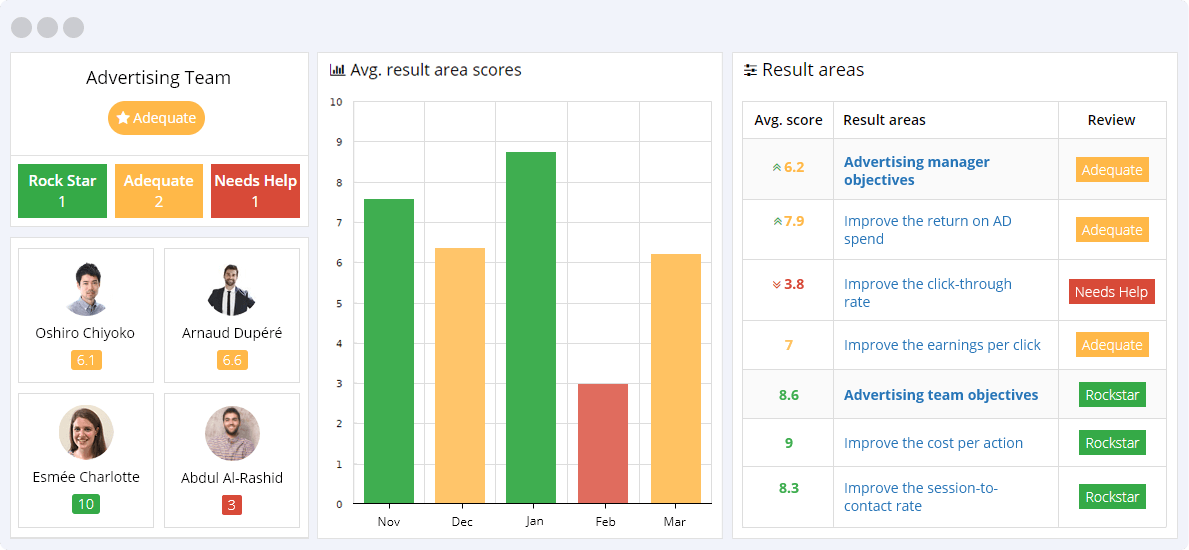Advertising KPIs
Advertising KPIs are performance indicators used to track and measure the efficiency of advertising managers, employees, and teams in designing, implementing, and monitoring advertising campaigns. These KPIs are essential in evaluating the impact of advertising efforts on customer engagement, conversions, and sales growth. The advertising department is responsible for ensuring that the company’s advertising initiatives are targeted, effective, and aligned with overall marketing goals. Through tracking Advertising KPIs like click-through rates, conversion rates, and customer acquisition costs, the advertising team can optimize campaigns to achieve the best possible return on investment for the company.
